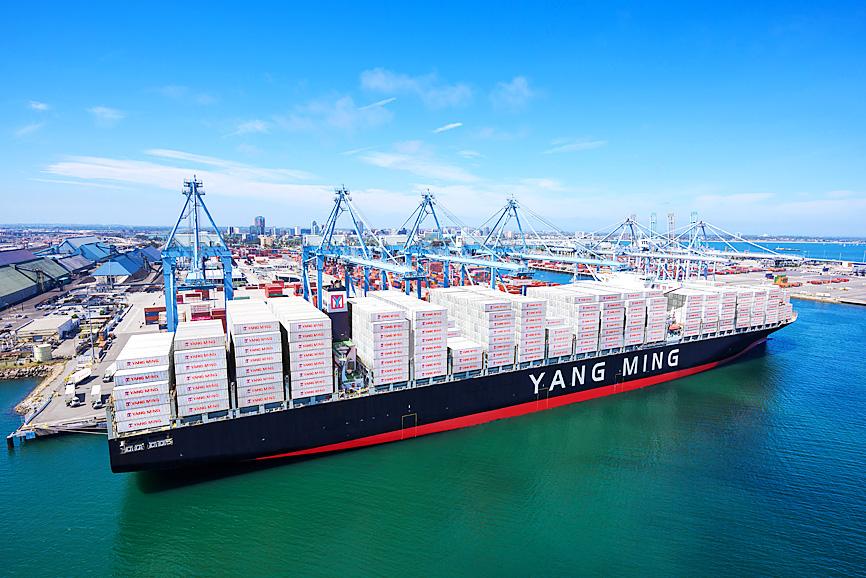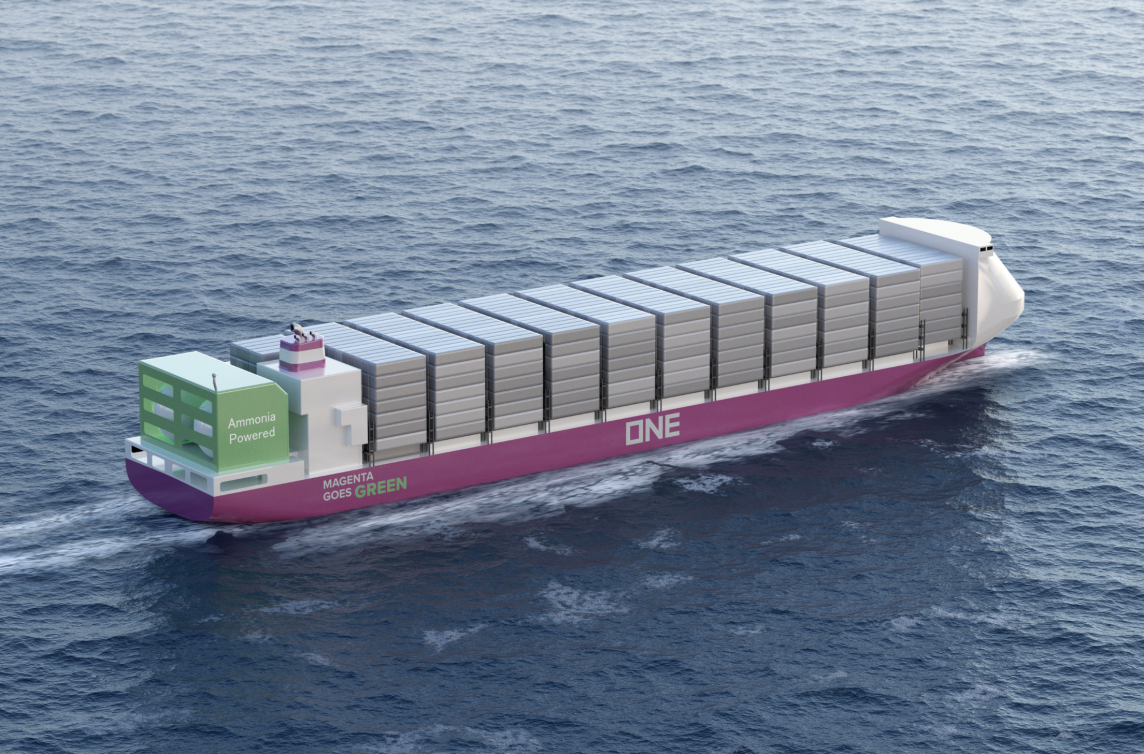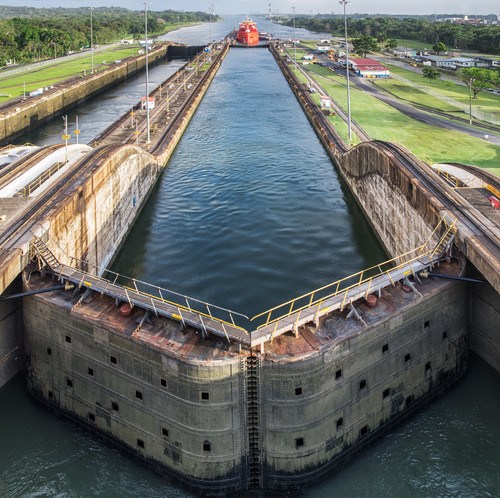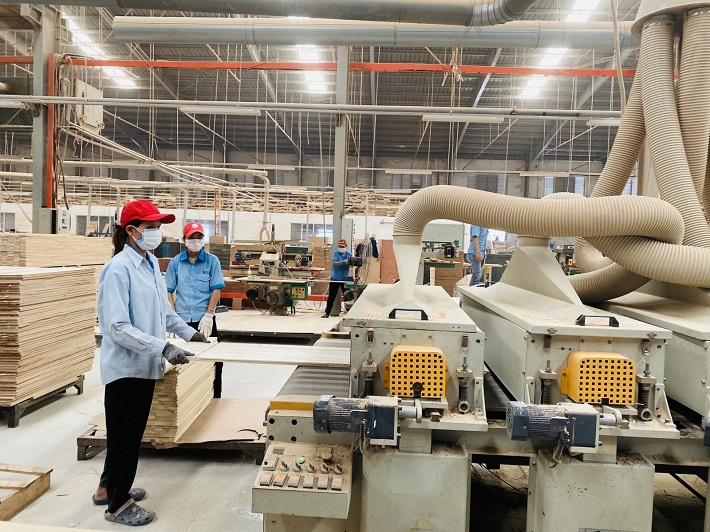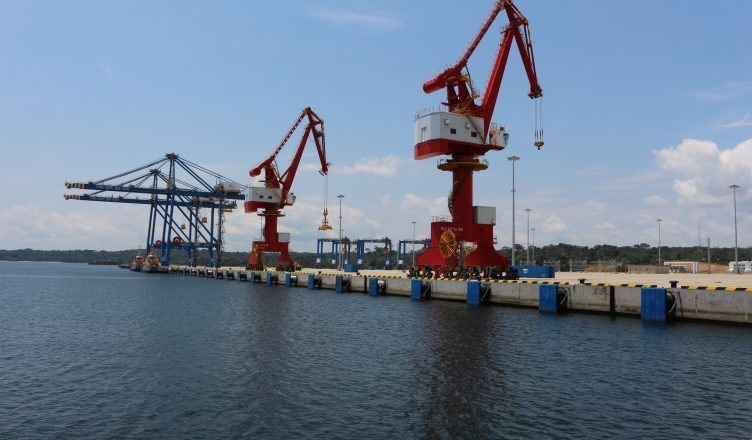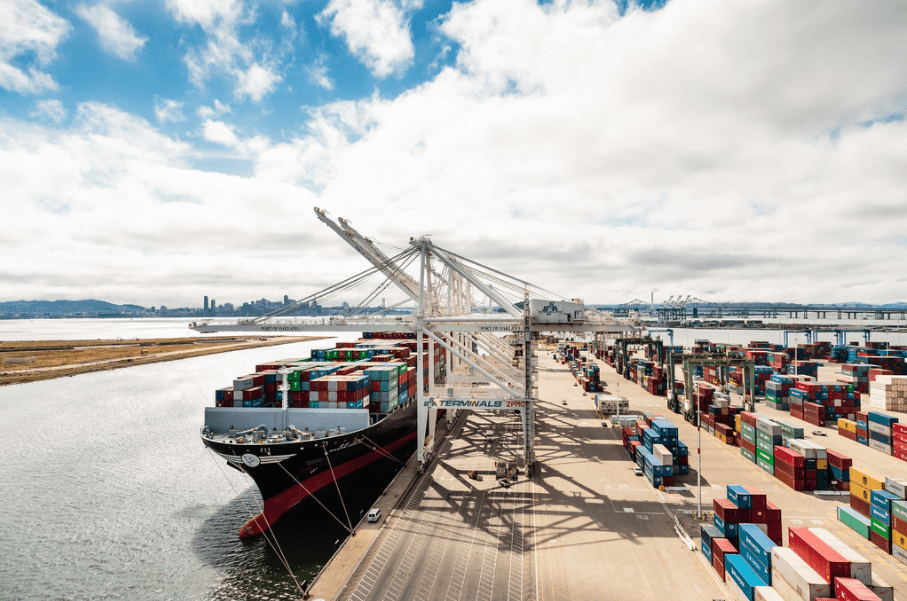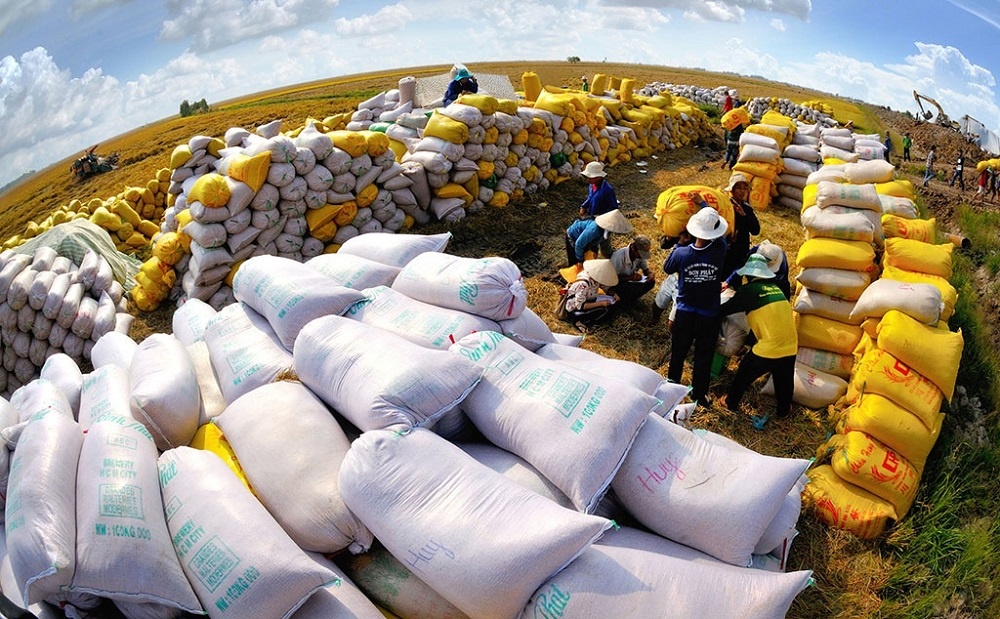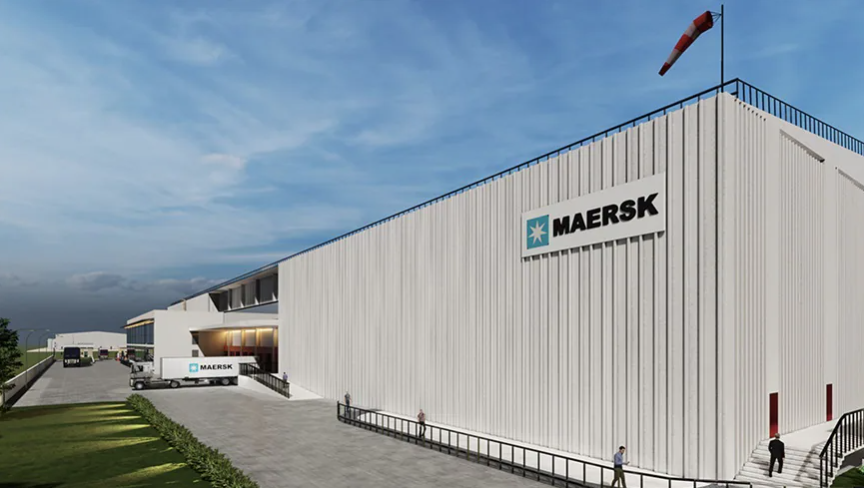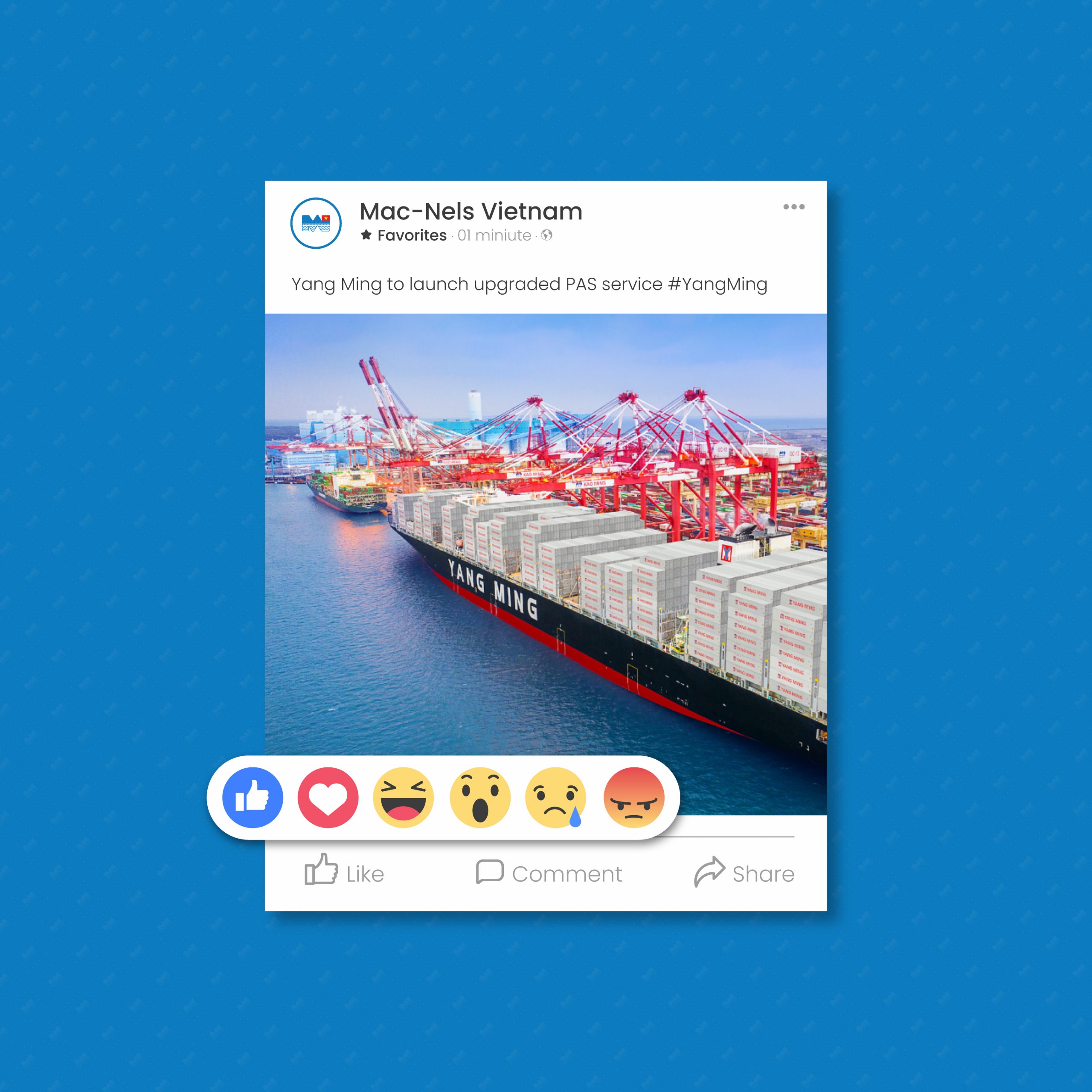
Yang Ming is set to enhance the PAS service in March, introducing an upgraded PAN-ASIA SERVICE that now includes Ho Chi Minh City, Vietnam.
This collaborative initiative involves T.S. Lines, and Interasia Lines (IAL), aiming to strengthen the Southeast Asian market by providing swift and high-quality transport services.
Also, the enhanced PAS service operates on a fixed weekly sailing schedule with a transit time of 21 days.
The port rotation for the PAS service encompasses Moji, Japan > Hakata, Japan > Pusan, South Korea > Kwang Yang, South Korea > Keelung, Taiwan > Kaohsiung, Taiwan > Hong Kong, China > Shekou, China > Nansha, China > Cat Lai, Vietnam > Hong Kong, China > Shekou, China > Xiamen, China and Moji, Japan.
According to a statement, to optimise existing service routes, Yang Ming is committed to extending a broader range of fast and convenient transport services to its valued customers.
Source: Container News
